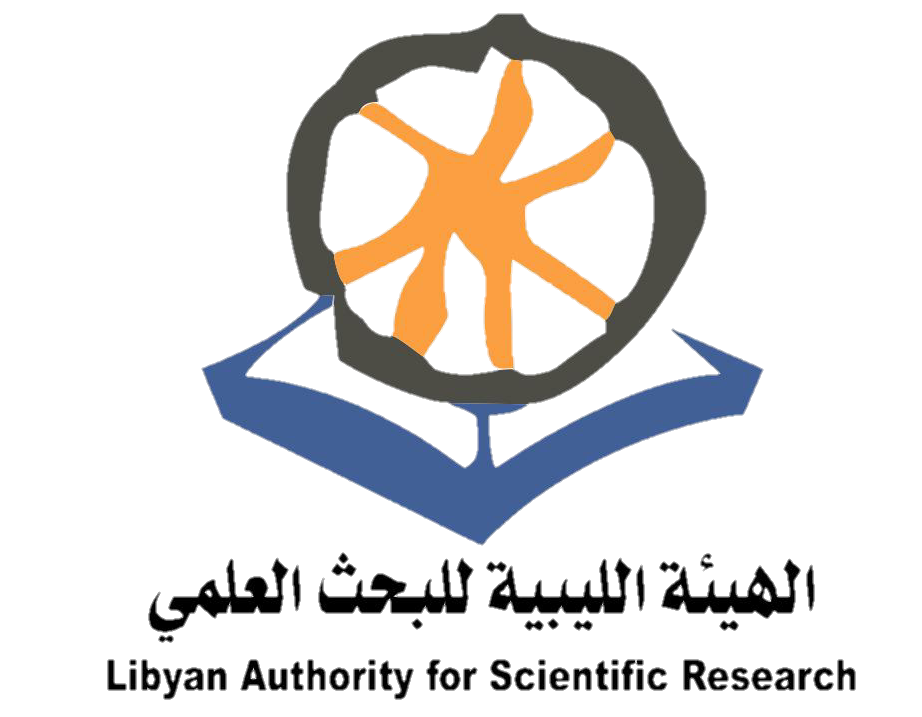استخدام نظم المعلومات الجغرافية من أجل الإدارة المستدامة لأراضي حوض المرج-ليبيا
الكلمات المفتاحية:
الاستخدام المستدام، ، حوض المرج، ، موارد التربةالملخص
تحتاج خطط الإدارة الصحيحة وتنفيذ البرامج المتعلقة بالاستخدام المستدام للموارد الطبيعية مثل موارد التربة إلى استخدام الأدوات المناسبة المرتبطة بالتقنيات الرقمية والجيومكانية والمواد المساندة لها من برمجيات وتجهيزات لضمان نجاح كل مراحل التخطيط والتنفيذ. أجريت هذه الدراسة على مساحة بلغت 1133 كيلومتر مربع لحوض المرج – شرق ليبيا، وذلك باستخدام برنامج Arc GIS Desktop 10.2.2 لنظم المعلومات الجغرافية للمساهمة في تحقيق الإدارة المستدامة للموارد الأرضية به. اعتمدت الدراسة الحالية على إعادة تحليل بيانات متحصل عليها من دراسات سابقة لتقديم معلومات كمية ووصفية ذات درجة عالية من الدقة والوضوح. تبين أن 49.26 % من ترب المنطقة الدراسة تتبع رتبة ترب الغابات (Alfisols) وأن حوالي 29.72 % تتبع رتبة الترب الجيرية الضحلة (Mollisols) وتبلغ رتبة الترب الجافة (Aridisols) حوالي 15.05 % ، بينما لا تشكل رتبة الترب قليلة التطور (Inceptisols) سوى 0.83% من ترب منطقة الدراسة. وتشكل الأراضي الصالحة للزراعة بدون معوقات تذكر حوالي 43.73 % والأراضي الصالحة للزراعة بوجود معوقات معتدلة (العمق - تضاغط ) حوالي 15.12 % وأما الأراضي التي بها معوقات كبيرة (ضحلة- ملحية- حجرية) للزراعة تبلغ 36.02 % ، بينما الأراضي الغير صالحة للزراعة (صخرية- مباني) نسبتها 5.13 % من منطقة الدراسة. كما وجد أن الغابات الطبيعية تشكل 44.81 % من كل أراضي الدراسة، ومثلت الأراضي التي تعتمد على الزراعة المطرية حوالي 39.29 %، كما شكلت الأراضي المروية 2.27 % من مساحة منطقة الدراسة. طبقت الدراسة معايير محددة لتحديد ملائمة الاستخدام لأراضي الحوض من وجهة نظر حفظ التربة واعتمادا على معياري الانحدار وعمق التربة بشكل أساسي. ان توفر البيانات المطلوبة والمعلومات الصحيحة سيفتح الطريق واسعا أمام خبراء التخطيط والإدارة في مجال الموارد الزراعية للحصول على التقييم الواقعي لإمكانيات هذه المنطقة الهامة والوصول إلى أفضل سبل استغلالها واستخدامها.













